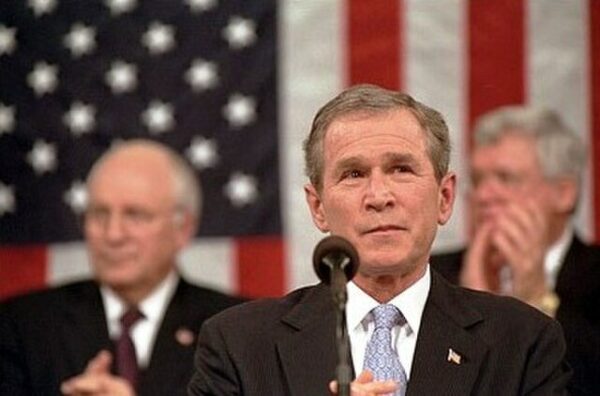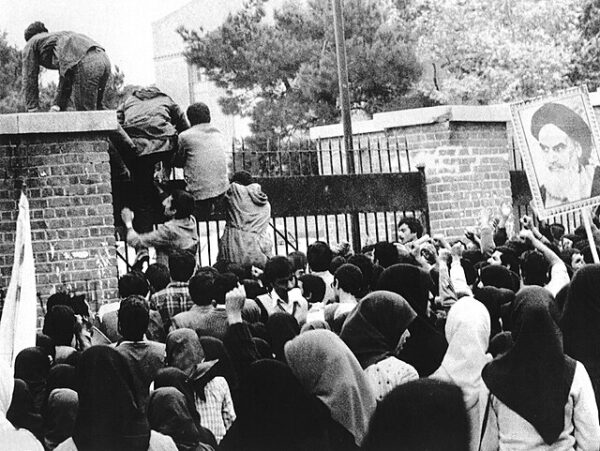On January 29, 2002, President George W. Bush delivered a State of the Union address that became a defining moment of his presidency and reshaped U.S. foreign policy. Addressing Congress and a nation still grappling with the aftermath of the September 11, 2001, terrorist attacks, Bush introduced the term “Axis of Evil” to describe regimes he accused of supporting terrorism and pursuing weapons of mass destruction. The countries he singled out were Iraq, Iran, and North Korea, portraying them as significant threats to global security.
Bush’s declaration reflected his administration’s emerging doctrine of preemptive action to safeguard the United States from potential threats. In his address, he warned that these states, along with their terrorist allies, posed a growing danger by seeking weapons of mass destruction. He argued that they could potentially supply such weapons to terrorists, use them to attack U.S. allies, or engage in acts of blackmail against the United States. According to Bush, failing to address these threats could have catastrophic consequences.
At the forefront of Bush’s accusations was Iraq, led by Saddam Hussein. The administration claimed Iraq was actively developing chemical and biological weapons and pursuing nuclear capabilities in violation of United Nations resolutions. These allegations, although later discredited in key aspects, became the justification for the U.S.-led invasion of Iraq in 2003. Iran was also spotlighted for its alleged support of terrorist organizations like Hezbollah and its suspected ambitions to develop nuclear weapons. This marked an intensification of long-standing tensions between the U.S. and Tehran, with Bush’s rhetoric amplifying concerns about Iran’s regional influence. North Korea, known for its secrecy and defiance of international norms, was identified for its nuclear weapons program and missile proliferation, further solidifying its inclusion in Bush’s triad of threats.
The “Axis of Evil” declaration marked a significant shift in U.S. foreign policy, expanding the focus of the global war on terror beyond Afghanistan, where U.S. forces were dismantling al-Qaeda and the Taliban. It underscored the Bush administration’s belief that combating terrorism required addressing state sponsors of terror alongside non-state actors. This approach departed from traditional diplomatic language, presenting these nations as a unified threat. While supporters praised the speech for its boldness and clarity, critics argued that lumping these countries together oversimplified the complexities of their individual geopolitical realities.
Domestically, the speech resonated with many Americans, who saw it as a rallying cry for national security. Public opinion polls conducted after the address showed an increase in support for Bush’s foreign policy vision. However, the international response was more critical. Allies like France and Germany expressed concerns that the aggressive rhetoric might alienate potential partners and escalate tensions. Meanwhile, the targeted nations responded with predictable defiance; Iran’s leaders called the label unjust and provocative, while North Korea dismissed it as imperialist rhetoric.
The “Axis of Evil” concept became a cornerstone of Bush’s presidency, shaping key policy decisions and public discourse. It provided the rationale for the Iraq invasion, a decision that remains one of the most controversial and consequential actions of the early 21st century. The speech also contributed to heightened tensions with Iran and North Korea, complicating diplomatic efforts in subsequent years. Critics of the policy have pointed to the lack of evidence regarding Iraq’s weapons of mass destruction as a significant failure, while supporters have maintained that the risks of inaction justified the administration’s approach.






